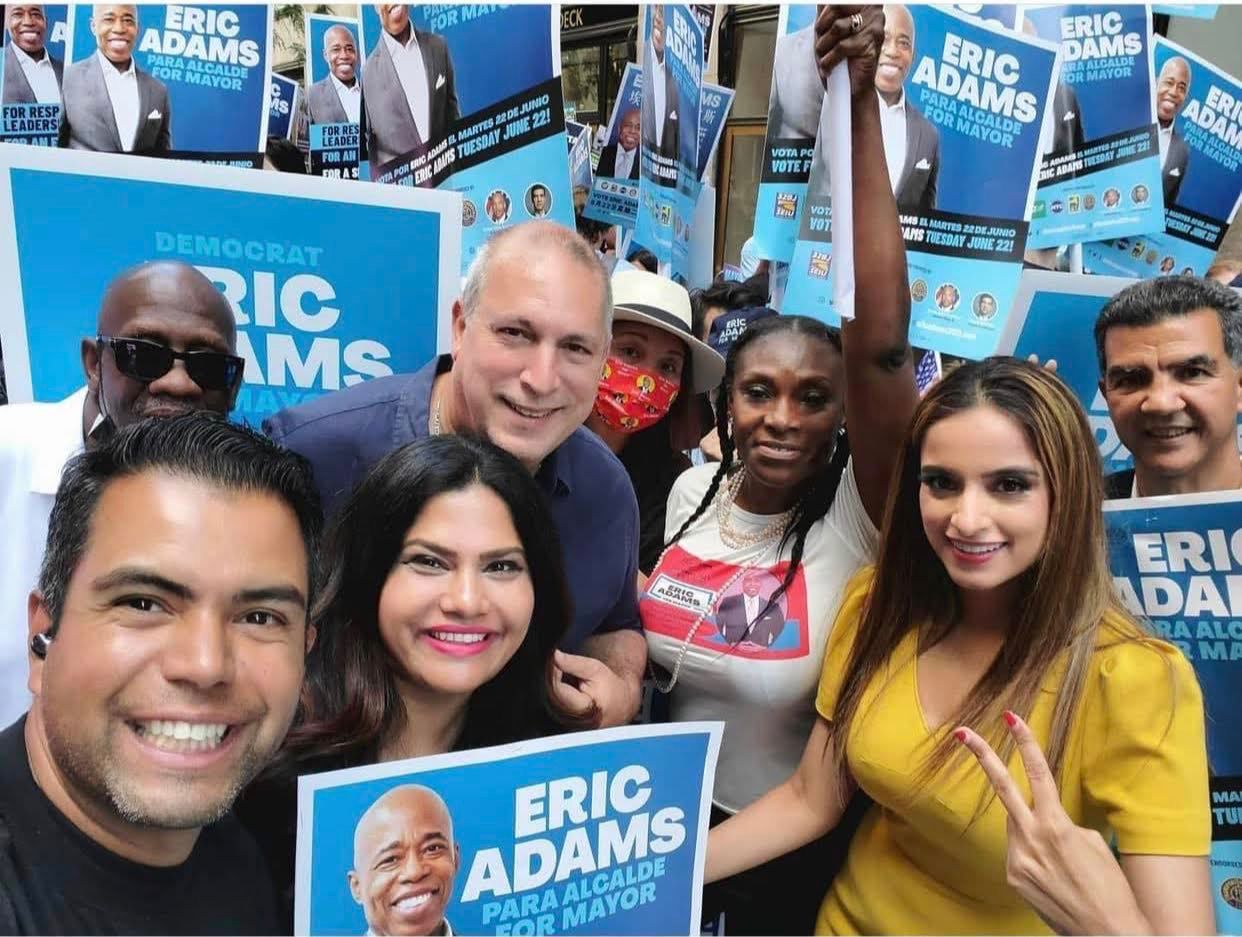Our Bureau
New York
TIME Magazine has chosen 15-year-old Indian American Gitanjali Rao as its first-ever Kid of the Year 2020. A budding scientist and inventor, Rao was among 5,000 nominees who were pitted against each other for the coveted distinction.From developing an app to tackle cyberbullying to working on affordable technology that would allow one to ensure the purity of drinking water, for Gitanjali Rao, the sky is the limit.
For TIME’s profile of her, Gitanjali Rao was interviewed over Zoom by Academy Award-winning actor Angelina Jolie. Jolie is also a special envoy of the United Nations High Commissioner for Refugees.”The world belongs to those who shape it. And however uncertain that world may feel at a given moment, the reassuring reality seems to be that each new generation produces more of what these kids-five Kid of the Year finalists selected from a field of more than 5,000 Americans, ages 8 to 16-have already achieved: positive impact, in all sizes,” TIME wrote towards the beginning of the interview.
Speaking from her home in Colorado, Gitanjali Rao told Angelina Jolie that she wanted to research carbon nanotube sensor technology at the Denver Water quality research lab when she was 10. “It was just that changing factor of, you know this work is going to be in our generation’s hands pretty soon. So if no one else is gonna do it, I’m gonna do it,” Rao added.
Asked about her latest innovation aimed at preventing cyberbullying, Rao (15) said the service is called ‘Kindly’. An app and a Chrome extension, it detects cyberbullying at an early stage by making use of artificial-intelligence technology.
Gitanjali Rao went further to add that her goal has shifted not only from creating her own devices to solve the world’s problems, but inspiring others to do the same.Talking about her innovation sessions, Rao told Jolie that she follows a process of “observe, brainstorm, research, build, communicate”.
“I’m currently working on an easy way to help detect bio-contaminants in water-things like parasites,” Rao told Angelina Jolie as part of the interview for TIME. She added that this project aims for an inexpensive and accurate method that would allow people in third-world countries to identify what is in their water.


























